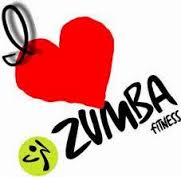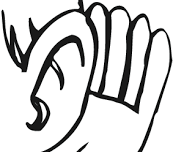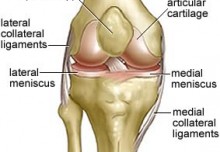 You have heard me make some pretty big claims, and you may think this one is over the top, but 80 year olds who run every day have the body of a 40 year old who does not exercise. I have seven suggestions that will help anybody to stave off the ill effects of aging and maybe even turn the clock back.
You have heard me make some pretty big claims, and you may think this one is over the top, but 80 year olds who run every day have the body of a 40 year old who does not exercise. I have seven suggestions that will help anybody to stave off the ill effects of aging and maybe even turn the clock back.
1. Re-engineer your Genes: We are programmed to age by losing about 5 pounds of muscle per decade and gain about 10 pounds of fat. Exercise experts tells us that we can retrain our muscles to act younger. In fact with just 6 months of strength training a body can learn to preserve muscle mass, in effect, rolling back the biological clock.
2. Re-learn to Lift Properly: Lower back injuries are among the most common maladies of older adults, because we do not lift correctly. Men should squat to lift with their toes pointing forward. Women should modify this with a slightly wider stance and with the toes pointing out more.
3. Confuse your Muscles. Mix up the exercise regimen so that your muscles do not stop using certain groups and overuse others. You have heard that doing brain puzzles makes the brain more nimble. The same can work for the muscles of the body by what trainers call “muscle confusion.” The result is stronger and more agile.
4. Confuse your Brain too: Well not confuse so much as make both halves of your brain work with each other. If your exercise includes crossing your limbs over to their opposite side as one does in dance exercise or lunges or yoga, it further strengthens how your brain’s hemispheres can work and respond to change.
5. The Important Muscle: When you work out aggressively, your heart works aggressively. Trouble is that most of us do not exercise the heart enough. Current guidelines suggest 150 minutes of cardiovascular exercise a week, but some new research suggest that optimal heart conditioning comes from closer to 240 minutes a week. More is better!
6. Impact is Good: Just as muscle density can diminish with years, so also bone density wanes over the years. This accounts for why astronauts lose bone density in zero gravity – no impact. Dancing, walking and jogging are essential for maintaining bone heath.
7. 10,000 May Not Be Essential: We have long heard that we are to take 10,000 steps a day. I know someone who tracks it with his phone, and there are people who wear pedometers to keep up the pace. Canadian researchers actually have moderated this to 7,500 steps a day – a bit over four and a half miles. Doing more is fine, but don’t beat yourself up.
This is where I have to add that you speak with your health care provider about any new exercise regimen just to be sure it is safe for you. But when your doctor says yes, look forward to winding back your clock.
Charlotte Bishop is a Geriatric Care Manager and founder of Creative Care Management, certified professionals who are geriatric advocates, resources, counselors and friends to older adults and their families in metropolitan Chicago. Please email your questions to info@creativecaremanagement.com.






